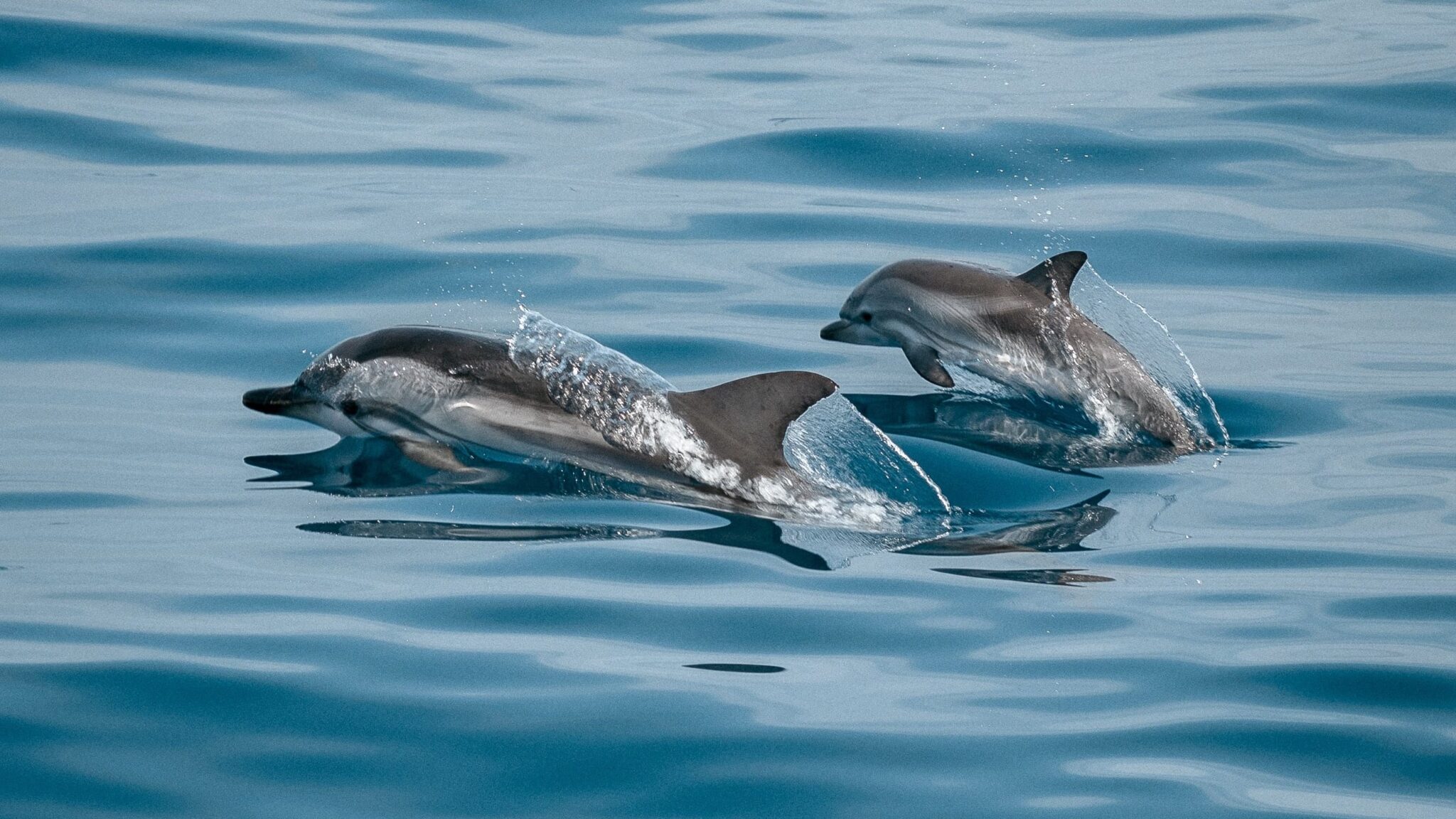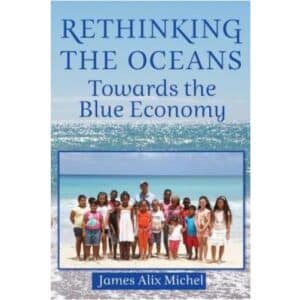- an analysis of the confusion surrounding a definition

I will stay with the wording Blue Economy, maybe not because it is the most precise definition, but then why?
You like to know why you should do too?
Lately, I have been in various real and virtual spaces where we have been talking and discussing the oceans, their importance for our survival on the planet, their protection, and also their benefits for our way of life.
In doing so, we often have confusing debates caused by different understandings of what we are actually talking about when discussing the Blue Economy. That varies from other terms to various scope of sectors that are or should be involved in the new paradigm.
It looks like there is no single broadly accepted definition of the Blue Economy. There is considerable variation in the way we understand the use of the oceans. Let’s look at how the Blue Economy is defined in different continents.
Different ways to describe the use of the oceans

“A sustainable Blue Economy enables society to obtain value from the oceans and coastal regions, whilst respecting their long-term ability to regenerate and endure such activities through the implementation of sustainable practices. This implies that human activities must be managed in a way that guarantees the health of the oceans and safeguards economic productivity, so that the potential they offer can be realised and sustained over time.” (p.2)… encompasses all sectoral and cross-sectoral economic activities based on or related to the oceans, seas and coasts.
European Commission (2021). The EU Blue Economy Report. 2021.

Their report is based on the understanding to provide
“insights into the benefits derived from the marine economy that result in jobs and wages and that contribute directly to the nation’s gross domestic product…At the same time, all of the sectors include activities that have the potential to harm these ecosystems, putting jobs, wages, and gross domestic product (as well as human life and well-being) at risk. Maintaining the strength and sustainability of marine- based activities requires that communities exercise good stewardship and care for the systems that support the marine economy. ”(p. 3)
National Oceanic and Atmospheric Administration (NOAA), Office for Coastal Management. 2021. “NOAA Report on the U.S. Marine Economy.” Charleston, SC: NOAA Office for Coastal Management. Available at coast.noaa.gov/digitalcoast/training/econreport.html.
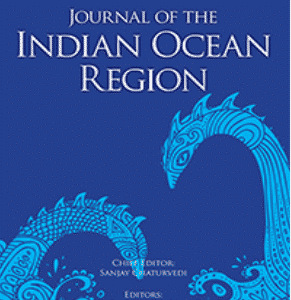
“The sum of economic activities of ocean-based industries together with the assets, goods, and services provided by the marine ecosystems is normally referred to as the oceans economy (OECD, 2019). Blue Economy (BE) is a relatively new concept that focuses on the sustainability of the ocean’s economy. BE, therefore, seeks to promote growth, social inclusion, job creation, improvement of livelihoods, and increase food production from the sea, while at the same time ensuring the environmental health of the oceans and other water bodies.”
Joseph O. Rasowo, Paul Orina, Betty Nyonje, Salome Awuor & Robert Olendi (2020) Harnessing Kenya’s Blue Economy: prospects and challenges, Journal of the Indian Ocean Region, 16:3, 292-316, https://www.tandfonline.com/doi/full/10.1080/19480881.2020.1825199
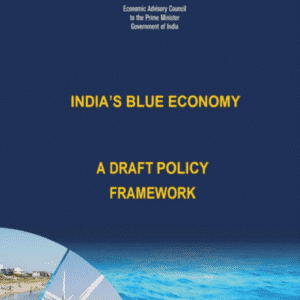
“as an emerging concept comprising the entire eco-system of ocean resources including marine, maritime and the onshore coastal economic sub systems within India’s legal jurisdiction which have close linkages with economic growth, environmental sustainability and national security.”
The Council established working groups on seven key priorities, with a total of nearly 20 different sectors associated with the Blue Economy.
Advisory Council to the Prime Minister, Government of India. 2020. INDIA’S BLUE ECONOMY – A DRAFT POLICY FRAMEWORK. at: https://incois.gov.in/documents/Blue_Economy_policy.pdf
Why is there so little consent?
Why is there so little consent on finding a commonly accepted definition for the sustainable use of the world’s oceans? The definition field is very fragmented. While some focus the Blue Economy on a few sectors, others are so enthusiastic that the distinction is almost lost. Almost every economic activity (especially on small islands) is covered and subsumed under Blue Economy. A recent paper of the High-Level Group for Sustainable Ocean Economy is assuming that Japan is including as many as 33 sectors in the Blue Economy, even I could not find some confirmation for such a vast range.
Checking the relevant literature and screening the national and international initiatives is most common to find the wording “Blue Economy”. But again, the definition scope varies tremendously.
We can find important, influential institutions and organizations that mix it up even further in using the wording “Sustainable Blue Economy.” However, the Blue is actually supposed to express the Sustainable (as a sibling of the Green in Green Economy).
The High-Level Group on Sustainable Ocean Economy finds the situation so terribly confusing that they decided to avoid the wording Blue Economy. Instead, their report promotes the use of “sustainable ocean economy” as a better and more precise definition.
The World is blue
I still believe that the most understandable and understanding wording goes along with the term Blue. As one of my favorite heroin in understanding the world of the oceans, Sylvia Earle, says:
“Without the “blue” there could be no green, no life on Earth and therefore none of the other things that humans value. Water — the blue—is the key to life.”
Earle, Sylvia A. 2009 The World Is Blue. National Geographic Society. Kindle Edition
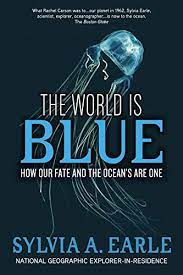
Towards the Blue Economy
Another pioneer in using the wording Blue Economy and especially in using it within the political context is the former Prime Minister of Seychelles, James Michel. He, as the representative of a small island, could see the huge impact that sustainable use of the ocean could have on the development of his country. He writes in his book “Rethinking the Oceans“ why he is in favor of the use Blue Economy:
“It is clear in its meaning and easy to use, the allusion to colour draws one to the sea, while, in contrast, a complicated scientific term would not do. I liked the fact that people were already familiar with the Green Economy; in that respect, the Blue Economy would, logically, become its counterpart – one for the land and the other for the sea.”
Michel, James Alix. 2016 Rethinking the Oceans: Towards the Blue Economy. Paragon House. Kindle Edition.
Life under Water (SDG 14)
Michel writes about the development of the Blue Economy after the UN Summit in Rio 2012, connected to the concept of the Green Economy.
After the financial crisis in 2008/2009, the “new” green economy was developed as an alternative in the sense of a more sustainable and greener “doing business.” When the world began to understand the potential of the oceans for growth, the oceans were integrated into the Sustainable Development Goals as a category on their own. Goal 14 “Life under water” established targets to substantially reduce marine pollution, address ocean acidification, sustainably manage marine resources, increase scientific knowledge, and transfer marine technology to developing countries, particularly small island developing states.
The “new” green economy, a concept introduced by the United Nations Environment Programme (UNEP) sees it as an alternative in the sense of a more sustainable and greener “doing business”.
The Blue Economy comprises the same principles and goals as the Green Economy. However, the concept has evolved from a “blue aspect of a green economy” to a paradigm in its own right. Oceans and lakes are seen as “development areas” that should be given an opportunity for sustainable development. The aim is sustainable management of marine resources that enables existing and new areas for economic growth and job creation without destroying the ocean habitat.
From this perspective, Blue and Green Economy are mutually supportive. Greater prosperity and social justice while significantly reducing environmental risks. In this sense, the concept of the Blue Economy opens up new perspectives and new possibilities for the sustainable use of the oceans.
The decisive momentum in the debate about the correct, most precise definition is not the fact that we are using the oceans;
it is the more important, essential question about how we are doing it.
I think here we will find the deeply embedded knowledge and some ancient knowledge, which makes it so difficult, if not impossible, for the established sectors to see something new in the Blue Economy. Why should they? The Fishery, for example, is part of the human culture or an even more profound part of the survival program. We are practicing fishing and spearfishing since we can walk, and we lost our fear of entering the water.
I can imagine that it is difficult for the people in the established sectors to close an emotional gap and see something different or from a different angle if it is so deep in their normal behavior, as a part of their daily life. The same we can assume for the other well-established areas, like coastal tourism, marine transport, or maritime security.
Unfortunately, most of these well-established sectors have used or better misused the oceans in a way that we need a lot of positive energy, creative fantasy, a tremendous amount of money, and time to correct that. For thousands of years, the path was pointing only in one direction, the use for the own needs, without much thinking about the consequences. The oceans were so vast. How could you imagine that we would run into problems? But that was not at all sustainable.
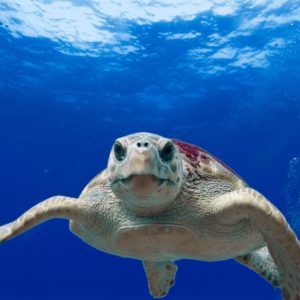
I think I will stay with the wording Blue Economy,
maybe not because it is the most precise definition,
but I think it is the best emotional binding to the import job we have to do:
To take care of the blue world that takes care of us.


